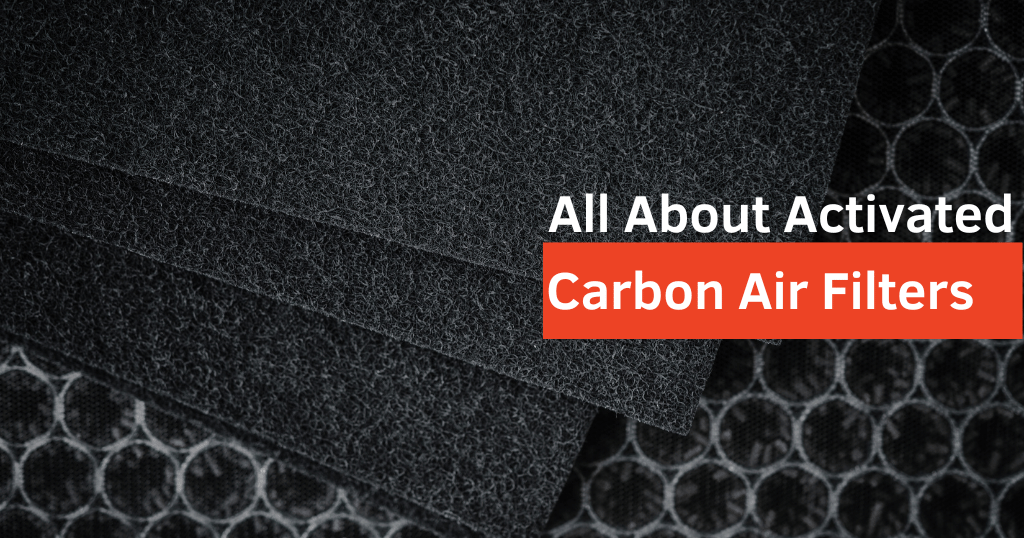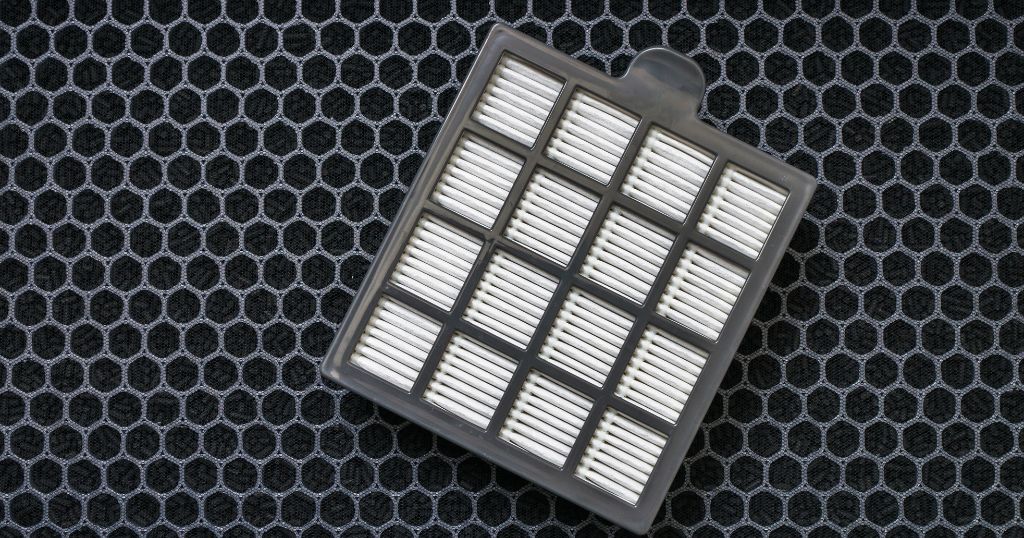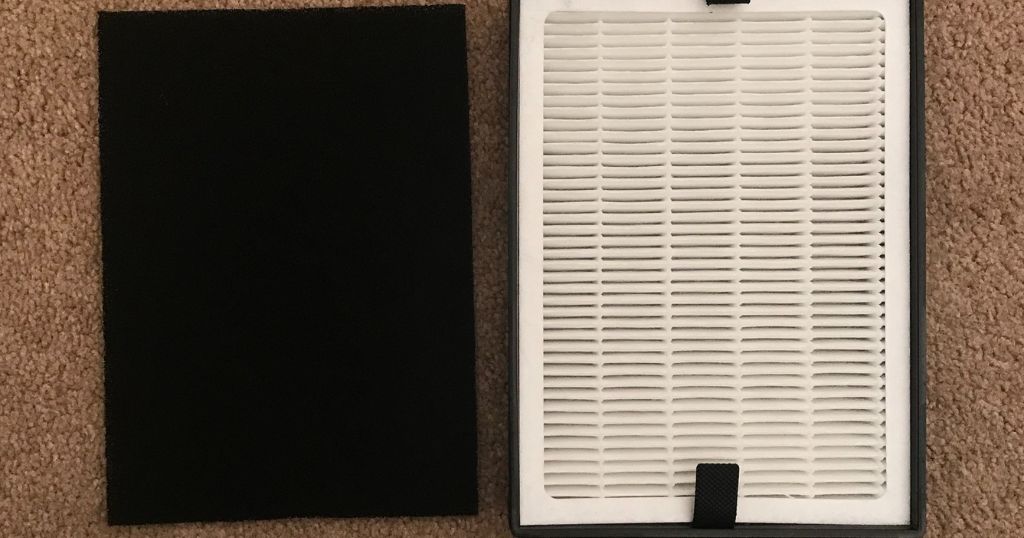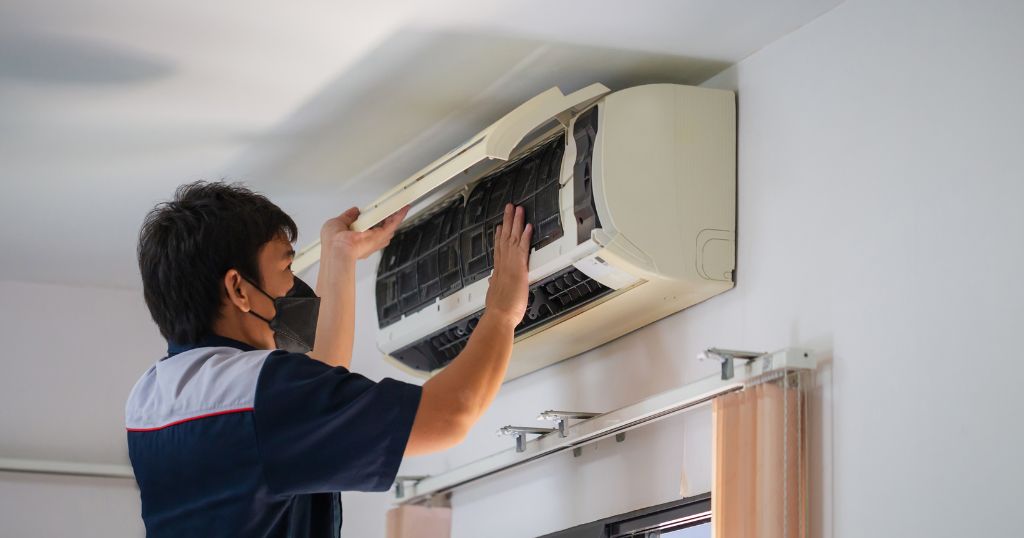All filters are made in the USA – Order Today

Activated carbon air filters – you might have heard a lot about these filters, but have you ever used them? Do you know the benefits of incorporating activated carbon into your air filtration system? If you answer no to any of these questions, you’re about to embark on an enlightening journey.
In this blog, we delve into the fascinating world of activated carbon air filters and explore the reasons they’ve become a popular choice for individuals. So, fasten your seatbelts as we uncover the unique advantages that make activated carbon filters stand out.
Whether you’re seeking to banish persistent odors, reduce exposure to chemicals, or create a truly refreshing environment, these filters might just be the game-changer you’ve been looking for. Let’s take a deep dive into this blog to learn the benefits of using activated carbon air filters without delay!

Before we delve deep into the world of activated carbon air filters, let’s first determine what activated carbon is. Activated carbon stands as a pivotal force in the realm of air purification, renowned for its exceptional capabilities in enhancing air quality. Let’s delve into the core aspects that define activated carbon and figure out why it is a preferred choice for those seeking optimal air purification.
Activated carbon, also known as activated charcoal, is a specially processed form of carbon recognized for its remarkable adsorption properties. Its creation involves the controlled heating of carbon-rich materials, such as wood, peat, coconut shells, or sawdust. This activation process results in a porous structure, a key factor contributing to its effectiveness in air filtration.
The prowess of activated carbon lies in its porous structure, characterized by an extensive network of microscopic pores and a substantial surface area. This unique composition grants it the ability to adsorb a diverse array of gasses and particles, establishing it as an ideal candidate for air purification.
Visualize activated carbon as a microscopic magnet for impurities. It excels at trapping and retaining various pollutants, including odorous molecules, volatile organic compounds (VOCs), and even microscopic particles that can compromise indoor air quality. From pet odors to harmful chemicals, activated carbon proves to be a versatile and potent partner in creating a cleaner environment.

After getting familiar with activated carbon, let’s learn how activated carbon air filters work. Understanding the inner workings of activated carbon air filters will embark you on a fascinating journey into the science of air purification. These filters operate through a sophisticated process that sets them apart.
In order to understand the workings of activated carbon air filters, we have to learn about the adsorption mechanism. The adsorption mechanism these filters have makes them more effective than regular filters. As air passes through the porous structure of the activated carbon filter, contaminants are attracted to and adhere to the surface of the carbon particles. It includes a wide range of pollutants, from odors and gasses to microscopic particles, effectively trapping them within the filter.
The key to the adsorption excellence of activated carbon lies in its porous structure. Imagine an intricate network of microscopic pores, providing an extensive surface area for contaminants to interact with. This design ensures that the filter can capture a significant volume of impurities, contributing to its high efficiency in improving indoor air quality.
Activated carbon excels in the removal of gasses and odors due to its specific affinity for these substances. It effectively targets and captures volatile organic compounds (VOCs), which can be produced from household products, paints, and cleaning chemicals. Additionally, the filter is great at neutralizing persistent and unpleasant odors, creating a more enjoyable and fresher living environment.
Activated carbon air filters are often part of a multi-stage filtration system. They work synergistically with other filter media, such as HEPA filters, to provide comprehensive purification. While HEPA filters primarily capture particles, activated carbon focuses on absorbing greenhouse gases and odors, ensuring a more thorough purification process.
Activated carbon filters have a remarkable ability to be regenerated, extending their lifespan. Regeneration involves exposing the saturated filter to high temperatures or certain chemicals, rejuvenating its adsorption capacity. This longevity adds to the cost-effectiveness of activated carbon filters over time.

Activated carbon air filters come in various types, each designed to address specific air purification needs. Understanding these different types allows you to choose the most suitable filter for your particular requirements. Here’s a breakdown of the common types of activated carbon air filters:
Granular activated carbon filters consist of tiny granules of activated carbon, offering a large surface area for adsorption. These filters are commonly used in standalone air purifiers and are effective in removing gasses, odors, and Volatile Organic Compounds (VOCs). Their versatility makes them ideal for a variety of applications.
Powdered activated carbon filters consist of finely ground particles of activated carbon. Due to their fine texture, they provide an even larger surface area for adsorption. PAC filters are often used in industrial settings and can be incorporated into certain HVAC systems. They are known for their efficiency in capturing smaller particles and contaminants.
Impregnated carbon filters are infused with additional substances to enhance their adsorption capabilities. Common impregnants include potassium iodide or certain metals, which increase the filter’s effectiveness in targeting specific pollutants. These filters are often employed in specialized applications where targeted removal of particular contaminants is required.
Carbon block filters are created by compressing activated carbon into a solid block. This design optimizes the contact time between air and carbon, improving adsorption efficiency. These filters are frequently used in water purification systems but can also be found in air purifiers. Carbon block filters are known for their longevity and reliability.
Honeycomb-activated carbon filters feature a structured honeycomb pattern, maximizing the surface area available for adsorption. This design allows for the efficient removal of gasses and odors. Honeycomb filters are commonly used in air purifiers and HVAC systems, providing a balance between effectiveness and airflow.
Carbon-impregnated foam filters combine activated carbon with a foam substrate. The foam structure allows for increased air circulation while the activated carbon addresses odors and gasses. These filters are often used in air purifiers where a balance between air permeability and adsorption efficiency is important.

Activated carbon air filters offer a host of advantages that make them a preferred choice for those aiming to enhance indoor air quality. Here’s a closer look at the key benefits that set activated carbon filters apart:
Activated carbon’s porous structure allows it to adsorb and eliminate a broad spectrum of odors, ranging from cooking smells and pet odors to lingering household scents. This capability goes beyond masking odors, ensuring a genuinely fresh and inviting atmosphere in your living space.
Volatile Organic Compounds (VOCs), emitted by various household products, can contribute to indoor air pollution. Activated carbon filters selectively capture and remove VOCs, addressing a critical aspect of air quality and promoting a healthier environment for occupants.
The microscopic pores of activated carbon not only capture larger particles but also effectively reduce airborne allergens like pollen, mold spores, and pet dander. This precision in allergen reduction is particularly beneficial for individuals with allergies or respiratory sensitivities, providing relief and fostering improved respiratory health.
Activated carbon’s versatile adsorption properties extend to a diverse range of chemicals and pollutants present in the air. This includes formaldehyde, benzene, and other potentially harmful substances, contributing to a more thorough air purification process.
By eliminating allergens and pollutants, activated carbon air filters create an environment that actively supports respiratory health. The reduction in respiratory irritants contributes to easier breathing, reduced risk of respiratory issues, and overall enhancement of well-being for occupants.
The durability of activated carbon filters, coupled with their capacity for regeneration, extends their lifespan. While the initial cost may be higher, the long-term cost-efficiency comes from fewer replacements. This characteristic makes activated carbon filters a sound investment for sustained air quality improvement.
Whether integrated into HVAC systems or used as standalone air purifiers, activated carbon filters showcase versatility in addressing diverse air quality needs. Their adaptability makes them suitable for homes, offices, and industrial environments, providing effective air purification across different settings.

Selecting the right activated carbon filters involves a thoughtful evaluation of several factors to ensure they align with your specific air purification needs. Here are key considerations for choosing activated carbon filters:
Before purchasing activated carbon filters, ensure compatibility with your existing HVAC system. Consider factors such as size, shape, and the specifications recommended by the system’s manufacturer. Proper fitment is essential for seamless integration and optimal performance.
Evaluate the maintenance demands of the activated carbon filters. Different filters may have varying cleaning and replacement schedules. Choose filters that align with your preferences and lifestyle, striking a balance between effective filtration and manageable maintenance efforts.
Minimum Efficiency Reporting Value (MERV) ratings describe a filter’s ability to capture particles of various sizes. While activated carbon is primarily used to remove gasses and odors, understanding the MERV rating helps ensure that the filter also provides adequate particle filtration. Aim for a balanced MERV rating that meets your specific air quality needs.
Consider the environmental impact of the activated carbon filters. Some filters are crafted from sustainable materials, promoting eco-friendly practices. Assess the manufacturer’s commitment to sustainability and choose filters that align with your values for a more environmentally conscious choice.
Identify the specific pollutants or contaminants you aim to target. Different activated carbon filters may be designed to address particular substances more effectively. Whether it’s odors, volatile organic compounds (VOCs), or chemicals, understanding your specific needs will guide you toward filters tailored to your desired air quality outcome.
Striking a balance between airflow and filtration efficiency is important. While a high-efficiency filter may provide superior purification, it could potentially restrict airflow. Consider the airflow requirements of your space, especially in HVAC systems, to ensure an effective balance between air circulation and filtration.
Evaluate your budget constraints when selecting activated carbon filters. While these filters offer long-term cost efficiency, it’s essential to consider the initial investment and any potential additional costs, such as maintenance or replacements. Choose filters that provide a cost-effective solution without compromising performance.
By considering these factors, you can make a well-informed decision when selecting activated carbon filters, ensuring they align with your unique air quality goals and the specific requirements of your living or working space.
As we wrap up, it’s clear that activated carbon filters do more than just clean – they bring a fresh vibe to our living spaces. Whether it’s kicking out stubborn odors or tackling sneaky pollutants, these filters are the real deal. Picking the right one isn’t rocket science. Just think about your home’s needs. Is it a good match for your HVAC system?
How often does it need a little TLC? Keeping it simple and practical. Remember, these filters aren’t just about now – they’re a long-term buddy for your overall well-being. They are easy on the pocket and easy on the planet too. If you are really concerned about indoor air quality and looking for quality HVAC filters, you can connect with the experts of Custom Filters Direct for comprehensive assistance. Call us at 1-877-958-5612 today!
An activated carbon air filter effectively removes contaminants from the air through a process called adsorption. It features a porous structure with a vast surface area that attracts and captures particles, gasses, and odors. As air passes through, the activated carbon binds to impurities, trapping them and leaving behind cleaner, purified air. This filtration method excels in eliminating odors, volatile organic compounds (VOCs), and various pollutants, contributing to improved indoor air quality and creating a more comfortable and healthier living environment.
The purpose of an activated carbon filter is to enhance indoor air quality by effectively removing specific pollutants and contaminants. Activated carbon, with its porous structure, acts as a powerful adsorbent, attracting and capturing particles, gasses, and odors present in the air.
By employing activated carbon filters, the air purification process is optimized, resulting in a fresher, cleaner atmosphere within homes, offices, or other indoor spaces. The primary goal is to create a healthier and more comfortable environment by reducing the presence of harmful airborne substances.
Yes, activated carbon air filters are often considered worth the investment. Their effectiveness in removing odors, gasses, and volatile organic compounds (VOCs) makes them valuable for improving indoor air quality. While they may have a higher upfront cost, their longevity, and comprehensive filtration capabilities contribute to long-term cost efficiency.
Activated carbon filters are particularly beneficial for individuals seeking a cleaner and healthier living environment, making them a worthwhile choice for those concerned about respiratory health, allergens, and overall well-being. Ultimately, the decision depends on individual priorities and the specific air quality needs of the space.
Activated carbon filters, while effective, have notable drawbacks. They excel in adsorbing gasses and odors but may offer limited particle filtration, requiring a combination with HEPA filters. Regular replacement is essential as the filters saturate over time. The upfront cost is higher compared to some filters, but many find the long-term benefits justify it.
Handling can release fine carbon particles, though minimally. Effectiveness varies for specific chemicals. Despite these considerations, the overall advantages of eliminating pollutants and enhancing indoor air quality make activated carbon filters a compelling choice for those prioritizing a healthier living environment.
Have any questions? We’re here and ready to help!
© 2022 Custom Filters Direct. All rights reserved.